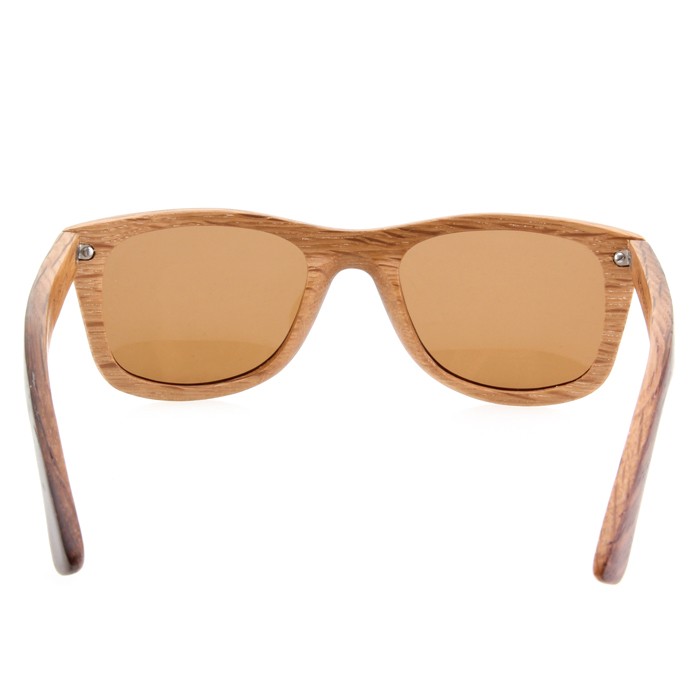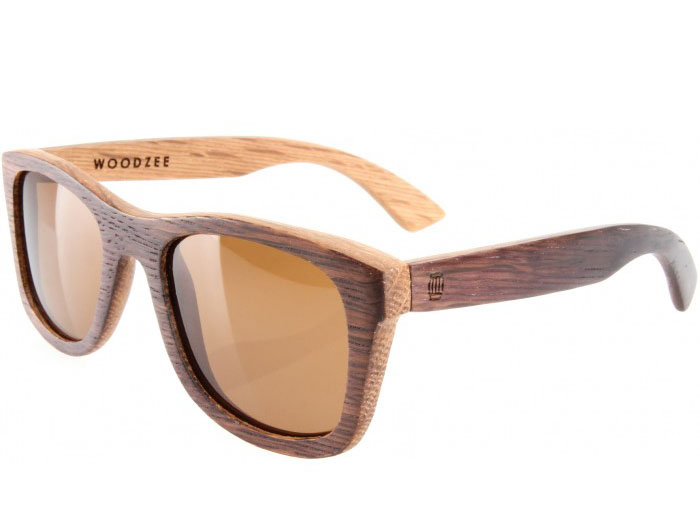Extending your product range into different product categories is certainly a growth and profits strategy. Yet it must also be a good long-term strategy and with that in mind brand extension should remain meaningful.
We examine today the extension of the Mondavi Winery brand into eyewear.
Eyewear made from the barrels’ wood
The idea was brought to me by the excellent Creapills website. Mondavi is reknown for its excellent wines, the reputation of which stretches far beyond California.
Mondavi uses Oak barrels to age its wines and they had the idea to transform this wood into sunglasses. The sunglasses were created by California-based designer Woodzee and will be sold 120US$. So far for the facts.
Will Mondavi fail?
A brand extension is a tricky strategy : it can be successful or it can backfire. It all depends on the brand status and on the brand maturity.
Look for instance at Pierre Cardin, a top-tier French fashion brand. In France the perceived quality of the brand decreased after the many extensions done under franchising contracts in all parts of the world. Once a “haute couture” brand acclaimed for its style, it was turned by an uncontrolled franchising strategy in a brand which became a cash-cow for its owners.
Is the same going to happen for Mondavi ? I guess not. Despite the brand extension into a totally new and unrelated brand category, one element ensure a tight bond with the wine brand.
Hedonism ensures an emotional link
Mondavi speaks above all to connoisseurs, people who like and appreciate wine (or want other people to believe they do). Wine consumptions encompasses a hedonist dimension that is tightly linked to emotion. Purchase patterns in wine are less correlated to price than with other goods. When you think about it, wine is a really unique product. The bottles are all the same (no differentiation) and the price of the product ranegs from 5€ or less to 5000€ or more. Can you give me one other example of an undifferentiated product category with such a large price span?
The price of the wine is the price of the emotion and this is why such a brand extension will certainly be successful. Oak wood is also an emotional reminder of someone’s connoisseurship.
Advice for your marketing strategy
I love that example brought out by Mondavi. Rather than selling old barrels for a few hundred bucks, they are using the raw material to transform it into an emotional object. The danger is actually to think that this strategy can be reproduced indefinitely. It can’t.
Mondavi has actually two options: either it creates a small line of objects made out of the same and, doing so, will active the “collector” trigger in its customers. Or it finds other raw materials to use to create new sunglasses. The first option seems to me to be the more interesting. There are myriad little objects that could be made from barrels wood. In addition to bringing a new source of revenues it would also represent a more affordable product for newer customers to know the brand. All luxury brands actually have this step-in strategy rooted into their DNA: Louis Vuitton has key holders, small wallets that represent opportunities to hook younger customers until they have the money to spend a few thousands on a purse. Why would Mondavi not do the same ?
Posted in Marketing.


